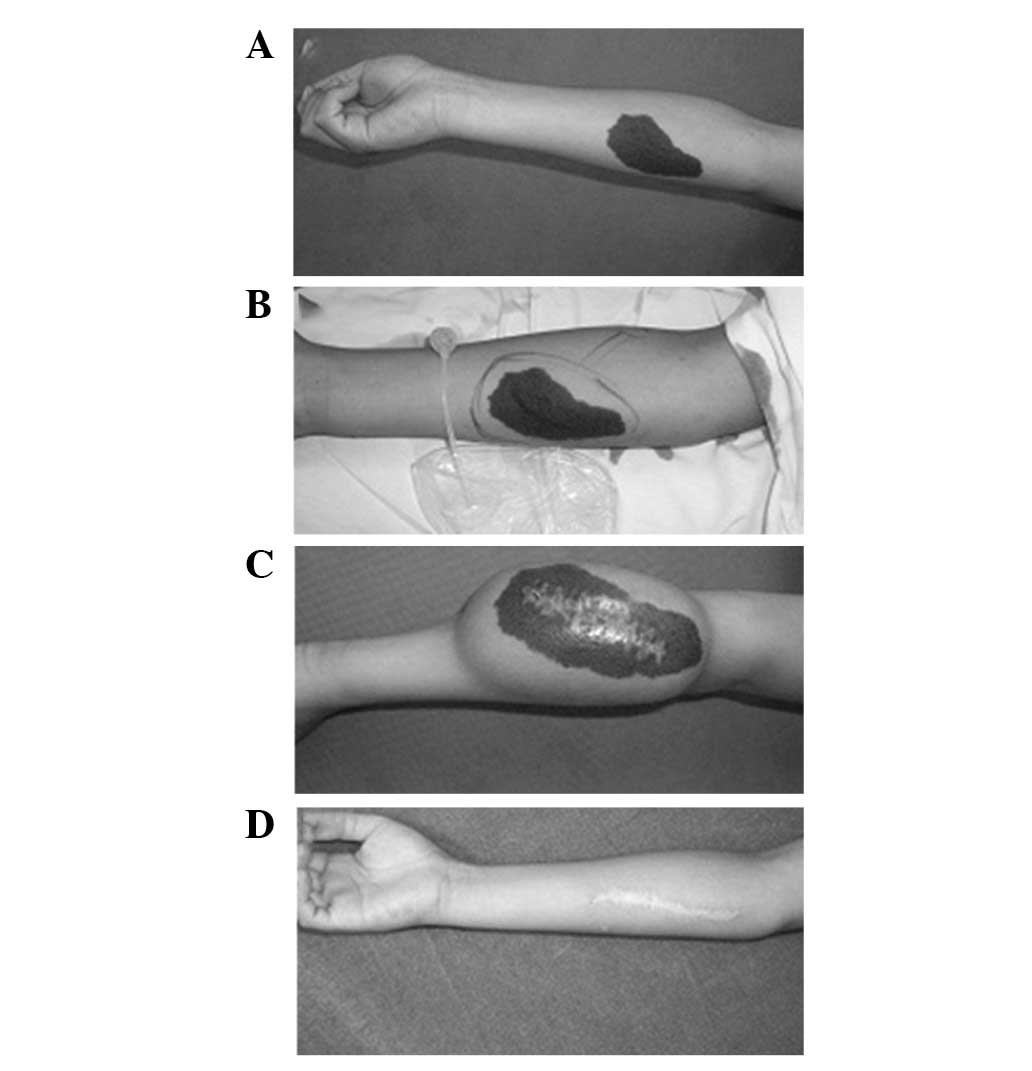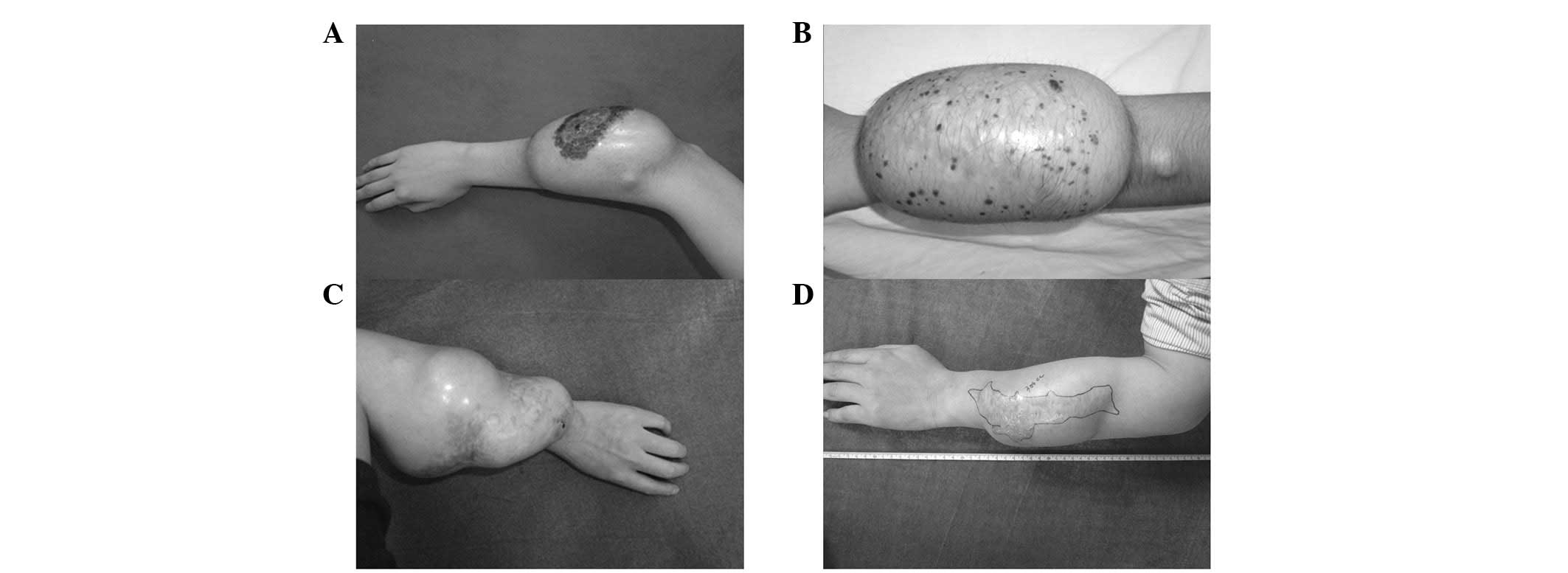‘Expansion in-situ’ concept as a new technique for expanding skin and soft tissue
- Authors:
- Published online on: August 22, 2013 https://doi.org/10.3892/etm.2013.1269
- Pages: 1295-1299
Metrics: Total
Views: 0 (Spandidos Publications: | PMC Statistics: )
Total PDF Downloads: 0 (Spandidos Publications: | PMC Statistics: )
Abstract
Techniques for expanding skin and soft tissue are widely used to repair damaged areas since they facilitate the provision of new, additional skin tissue with similar quality, texture and color to that surrounding the defective area. Conventional expansion techniques involve placing expanders under the normal skin adjacent to a lesion. However, these techniques may involve additional incisions, complications with blood supply and ‘dog-ear’ deformities and may result in a low utilization rate of the expanded tissue. When reconstructing small defects that may not be sutured directly, these shortcomings, particularly the requirement to make additional incisions, limit the application of conventional techniques. The current study presents a novel approach to expansion called the ‘expansion in-situ’ technique. In this technique, the lesion is used as the center for expansion and expanders of optimal size are implanted under the lesion and surrounding normal soft tissue. Following expansion, the damaged area is excised directly. In order to avoid poor healing of the incision made during expander implantation, the overlapping suturing of both cut sides is conducted. This enlarges the contact area of both sides of the incision, thereby avoiding incision dehiscence and increasing wound healing during the expansion process. Between August 2006 and July 2011, the expansion in-situ technique was applied in 10 cases involving either nevus excision or scar removal. All 10 cases were treated successfully. Five of the cases were followed up over 1-3 years. The ‘expansion in-situ’ technique is likely to be useful for avoiding additional incisions and improving the utilization rate of expanded skin flaps.














